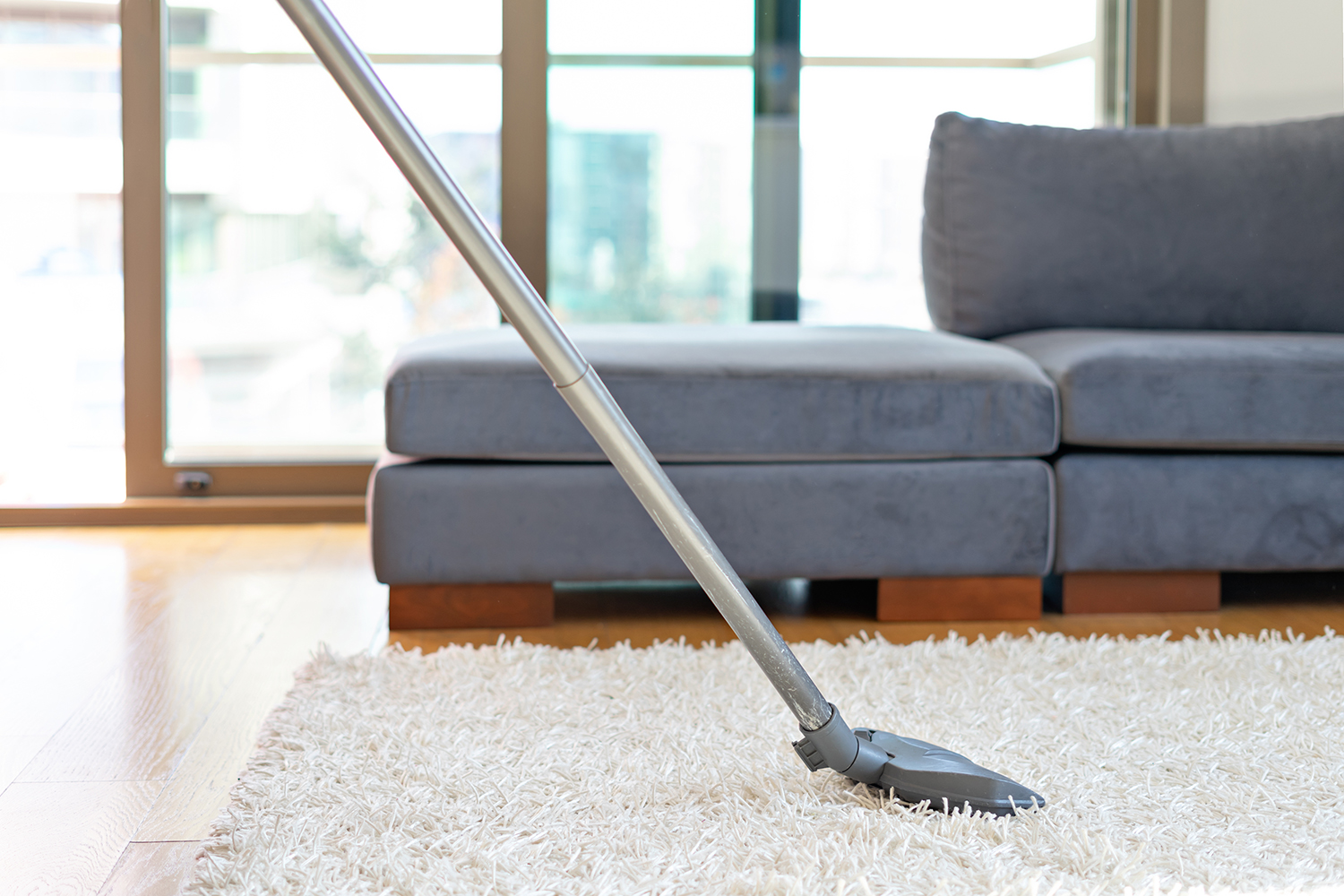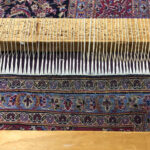The allure of homemade solutions is undeniable. In an era where many are leaning towards more natural and sustainable living, DIY methods have become increasingly popular. Rug cleaning is no exception. Dive into the world of DIY rug cleaning, as we help you distinguish between effective remedies and potential pitfalls.
The Appeal of Homemade Solutions
One of the most significant drivers behind the DIY trend is the desire to use fewer chemicals in our homes. With store-bought cleaning products often loaded with unfamiliar ingredients, many homeowners are turning to homemade solutions that use everyday pantry items. Not only are these solutions perceived as safer for both the household and the environment, but they also promise affordability and accessibility.
Effective DIY Rug Cleaning Remedies
- Baking Soda and Essential Oil Mix: Baking soda acts as a natural odor eliminator and stain remover. Sprinkle a mix of baking soda and a few drops of your favorite essential oil (like lavender or eucalyptus) over your rug. Let it sit for 30 minutes to an hour, then vacuum thoroughly.
- White Vinegar and Water: This combination works wonders for light stains and general cleaning. Mix equal parts of white vinegar and water in a spray bottle, and lightly spritz over your rug. Wipe with a clean cloth and let air dry.
- Club Soda: A classic solution for fresh stains, especially wine or juice. Blot the stain with club soda and a clean cloth, moving from the outside of the stain inwards.
- Cornstarch and Milk: For greasy stains, create a paste with cornstarch and milk. Apply it over the stain, let it sit for a few hours, then vacuum.
Potential Pitfalls and Precautions
While many DIY solutions can be effective, they also come with potential pitfalls:
- Color Fading: Some natural cleaning solutions, especially those acidic in nature (like vinegar), can cause colors to fade if used excessively or without proper dilution.
- Residue Build-up: Over time, excessive use of certain homemade cleaners can lead to a buildup, causing your rug to attract more dirt.
- Inconsistent Results: Unlike store-bought products designed specifically for rugs, DIY solutions might not always deliver consistent results, especially with tougher stains or high-pile rugs.
- Unintended Damage: Some natural ingredients can be harsh on delicate rug fibers, leading to deterioration over time. Always do a patch test on a small, inconspicuous area of the rug before applying any homemade solution.
Tips for Successful DIY Rug Cleaning
- Stay Informed: Before diving into a DIY solution, research the specific type of rug you have. Some materials, like wool or silk, are more delicate and might not react well to certain homemade cleaners.
- Patch Test: Always test a small area of your rug first to ensure there’s no adverse reaction.
- Blot, Don’t Rub: When addressing stains, blotting helps lift the stain rather than rubbing it in deeper.
- Consult Professionals: If unsure about a homemade solution or if dealing with a particularly tough stain, it might be best to consult a professional rug cleaner.

The world of DIY rug cleaning is vast and offers many eco-friendly, affordable alternatives to store-bought products. However, while some homemade solutions can be remarkably effective, others might not be suitable for all rug types or stains. By being informed, testing solutions first, and knowing when to call in professionals, you can ensure the longevity and beauty of your cherished rugs while embracing the sustainable allure of homemade cleaning methods.


